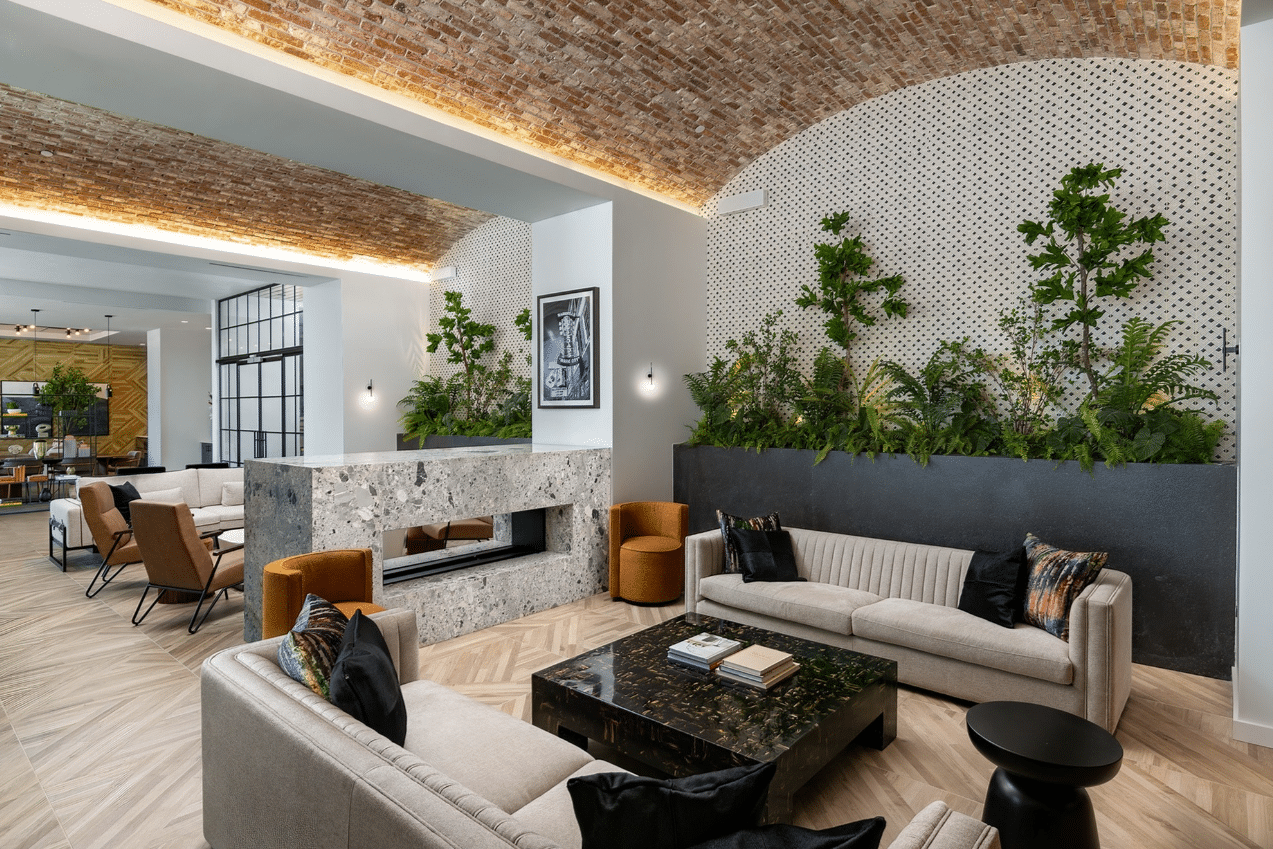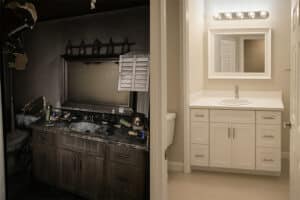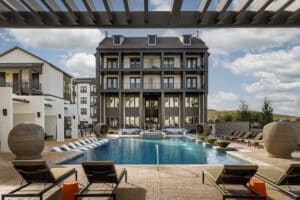Have you recently visited a historic building that left you in awe? Well-renovated historic buildings that have their architectural character preserved call for great admiration. While historic buildings are a great investment option, their renovation requires a thoughtful approach that honors the building’s legacy and also delivers long-term value to owners, investors, and tenants alike.
As experienced adaptive reuse contractors, we understand the unique challenges that come with historic building renovation. Whether it’s converting an old commercial structure into residential apartments or upgrading a century-old walk-up, the process must strike a balance between preservation and progress.
Table of Contents
ToggleEssential Tips to Renovate Historic Multifamily Buildings
Here are some essential tips for successfully renovating historic multifamily properties while maintaining their charm, and maximizing your ROI.
- Understand the Building’s History
Before starting a renovation, delve deep into the building’s past. Learn about its date of construction, its original use, and how it has evolved over the past few years. If possible, one must check any local archives if available or consult with a preservation architect. Understanding the historical and cultural context helps plan better renovations. - Conduct a Comprehensive Condition Assessment
A detailed inspection of the property is essential for identifying hidden issues like water leakage, structural damage, or old systems. Partnering with skilled professionals helps ascertain that all these minor concerns are taken into account. - Preserve Architectural Features
Original staircases, moldings, brickwork, and wood floors are key differentiators in a competitive market. While it may be tempting to replace them for cost or convenience, restoring these details adds value and enhances the building’s appeal to tenants seeking character-rich spaces. - Retain Architectural Details
Authentic staircases, moldings, brick, and hardwood floors are differentiators in a saturated market. It might be appealing to replace them for convenience or cost savings, but restoring the details adds value and increases the building’s attraction to tenants who want character spaces. - Retain the original Structure of the Building
Shun radical changes to the structure unless absolutely unavoidable. Floor plans, ceilings, and room volumes frequently give a historic building its character. Where change is unavoidable, like ADA adjustments or upgrading for fire codes, use preservation consultants to seek out minimally invasive solutions. - Adopt Adaptive Reuse Design Principles
For conversions from commercial to residential use; such as historic hotels, warehouses, or offices – the solution is adaptive reuse. Keep signature elements such as big windows or open trusses, and rethink spaces for innovative new purposes. Loft apartments, co-living spaces, or adaptive amenity spaces are great methods of preserving old forms but evolving with new ways of living. - Utilize Materials Similar To the Originals
If some historic materials are irreparable, replace them with similar ones. Mingle brick color and mortar joints, refinish hardwood floors, and match wood trim with care. An integration of old and new that is indistinguishable to the naked eye is the aim. - Update Windows and Doors Sensitively
Windows tends to have a controlled feature. When historic windows are beyond salvage, choose replicas that preserve historical profiles but provide contemporary energy efficiency. Likewise, refinish or restore entrance doors instead of replacing them. These features drive curb appeal and tenant experience. - Improve Insulation Without Disrupting Aesthetics
Historic walls can be retrofitted with insulation by use of minimally invasive techniques that help preserve the existing finishes and also improve thermal performance. Insulating attic spaces and basements can also make a significant difference without visible alterations. - Design Interiors to Complement Historic Elements
Modern finishes must be planned in a subtle way so that they enhance and not overshadow historic features. The use of neutral palettes and vintage lighting helps highlight the original architectural details. From communal lounges to fitness centers, every design decision should reflect the building’s story while meeting current demands.
Preserving the Legacy of Historic Buildings
Renovating historic multifamily buildings is a great responsibility not only for their return on investment but also for the role they play in cultural preservation. Working with adaptive reuse contractors such as Renu helps owners and property managers refurbish the multifamily property in the most aesthetic way while preserving its original value and charm. Our team of experienced renovation contractors is known to conduct historic building renovation with great expertise and build a strategic asset in the multifamily marketplace.
#MultifamilyBuildings #RenovationContractors #AdaptiveReuse #Denver #California #Texas #MultifamilyRenovationCompanies #MultifamilyGeneralContractors #Renovations #Houston #MultifamilyRenovations #HistoricBuildingRenovation #MultifamilyInvestments







